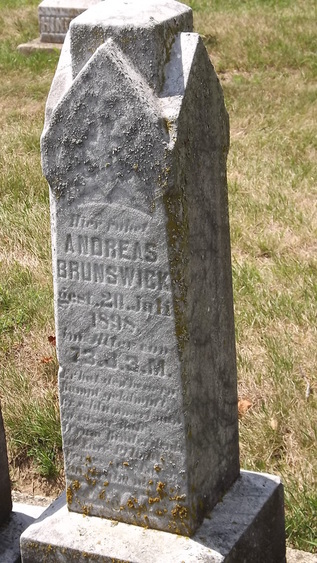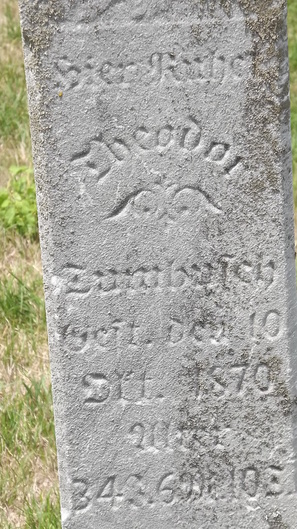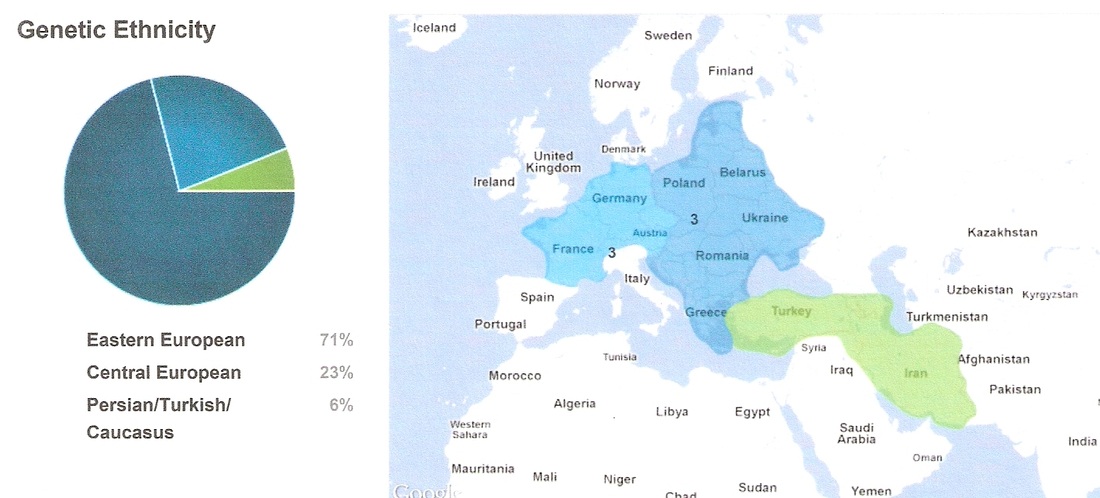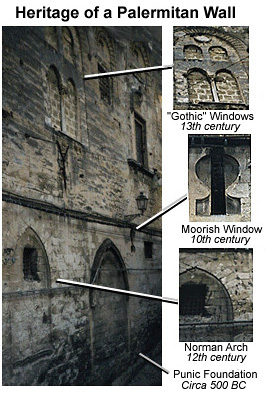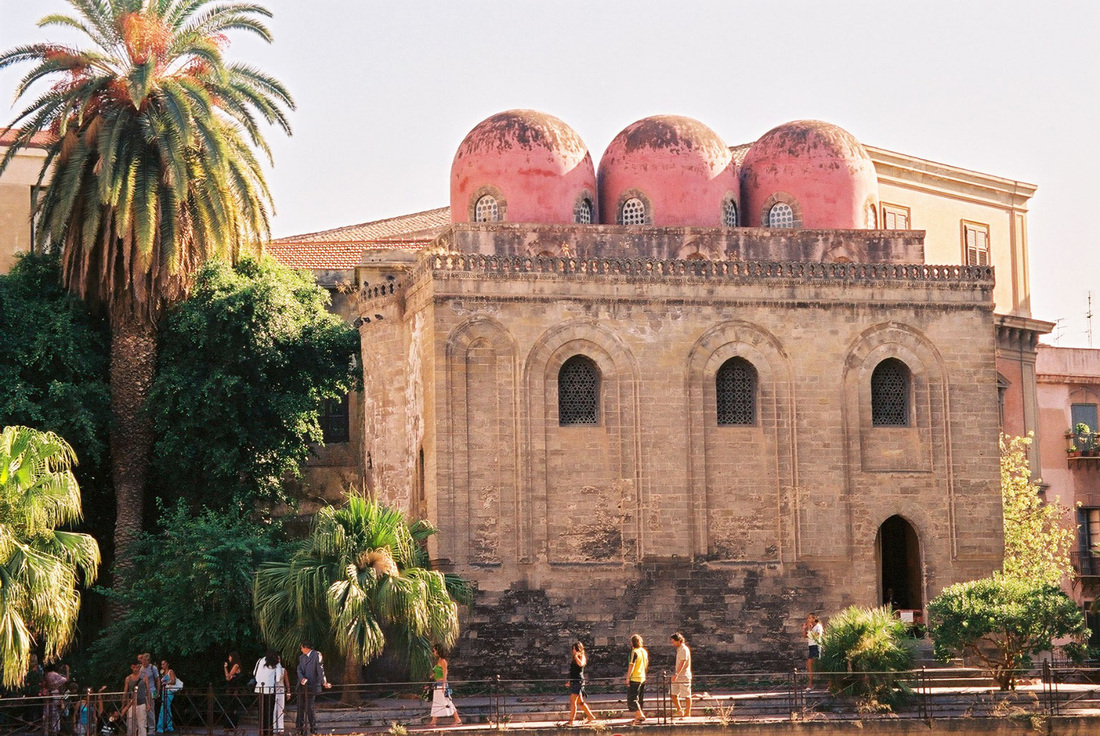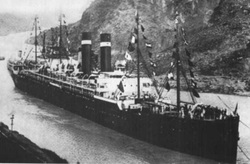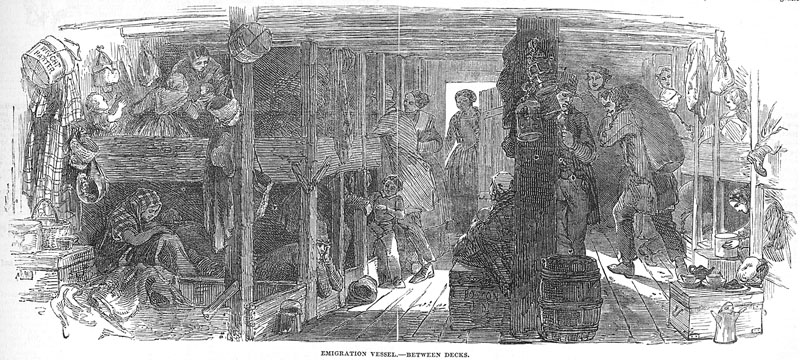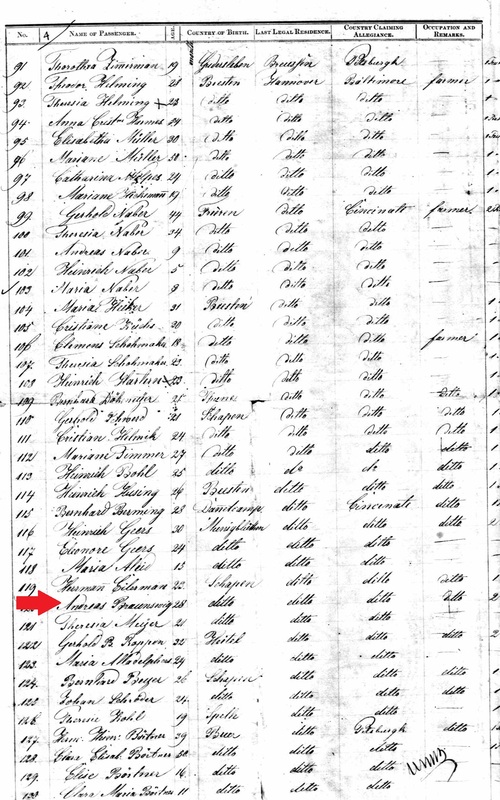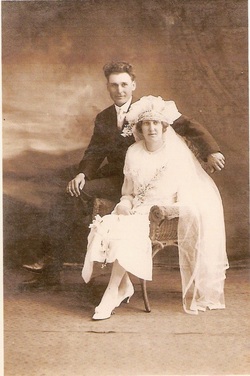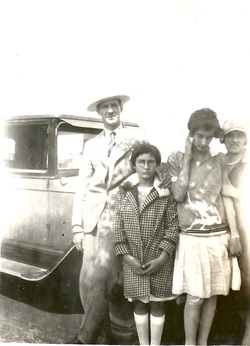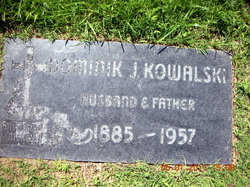 St. Francis Cemetery, Phoenix, Arizona
St. Francis Cemetery, Phoenix, Arizona There is a free website called FindAGrave.com that is essentially a catalog of interments from cemeteries all over the world. It is completely run by volunteers who set up memorial pages for friends, relatives, or even complete strangers who have passed on. Once a memorial is posted, anyone can "request a photo" of any particular grave. Volunteers receive photo requests via email from cemeteries located near their homes, and then go out to the cemeteries, search for the grave(s), take photos of them, and post it on website. I found a photo of my great-grandfather's grave on the site, which was helpful to me, because he is buried in Arizona (where none of my family lives). It was taken by a complete stranger who assists in cataloguing cemeteries for the website, and she even managed to track down and post his death certificate as well.
I became a volunteer grave photographer a couple of months ago. I like to take photos, and it gives me something different to do with the kids outdoors. Sometimes, I actually think they enjoy walking around the big old gravestones and large trees that are often in the older cemeteries we visit. One day, I tracked down an older grave for a woman living in Kentucky. She sent me a very kind 'thank you' email that was so, so appreciative, it just made my day. She told me the story of how, in the post-Civil War era, her great-great-grandfather enlisted the help of his brother-in-law in discovering the fates of his southern family members. She was trying to find where this brother-in-law ended up and my photograph of his gravestone confirmed the location of his final resting place and seemed to give her some sort of peace. I felt like I had really made a difference in this woman's life.
Most of the photo requests I search for, I cannot find. This is especially true of people buried pre-1900. Weathering renders many stones unreadable and, oftentimes, broken stones are not replaced and graves simply become unmarked. Sometimes, it saddens me when I have to tell a person that I could not find the graves of their ancestors. Nobody wants to hear that a family member, even one from generations ago, has been forgotten or neglected, even in death. But still, most people thank me for going to the cemetery and looking, even if it was unsuccessful.
Just the other day, I received three emails saying that three of MY grave photo requests had been fulfilled. A volunteer in western Ohio visited three separate cemeteries in Mercer County and photographed graves of Tony's ancestors.
©2012, copyright Emily Kowalski Schroeder
